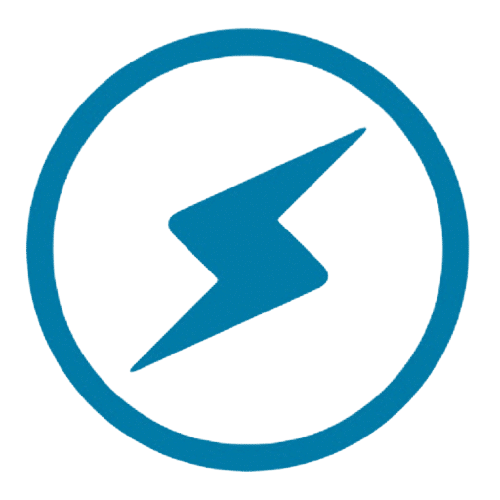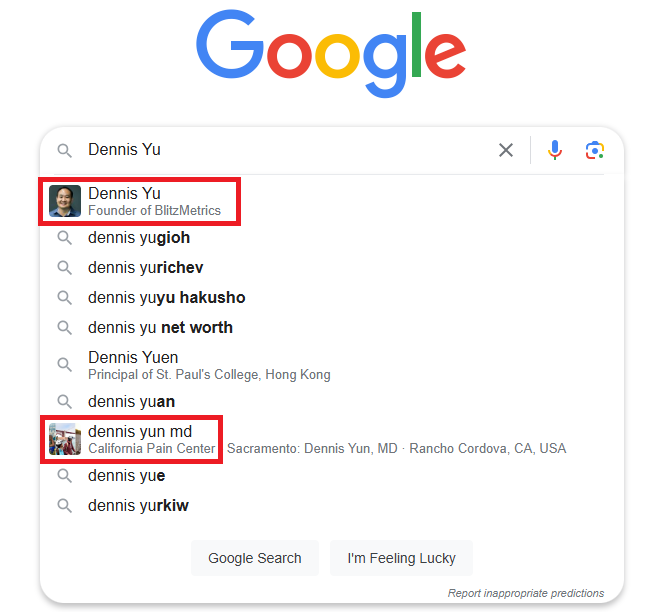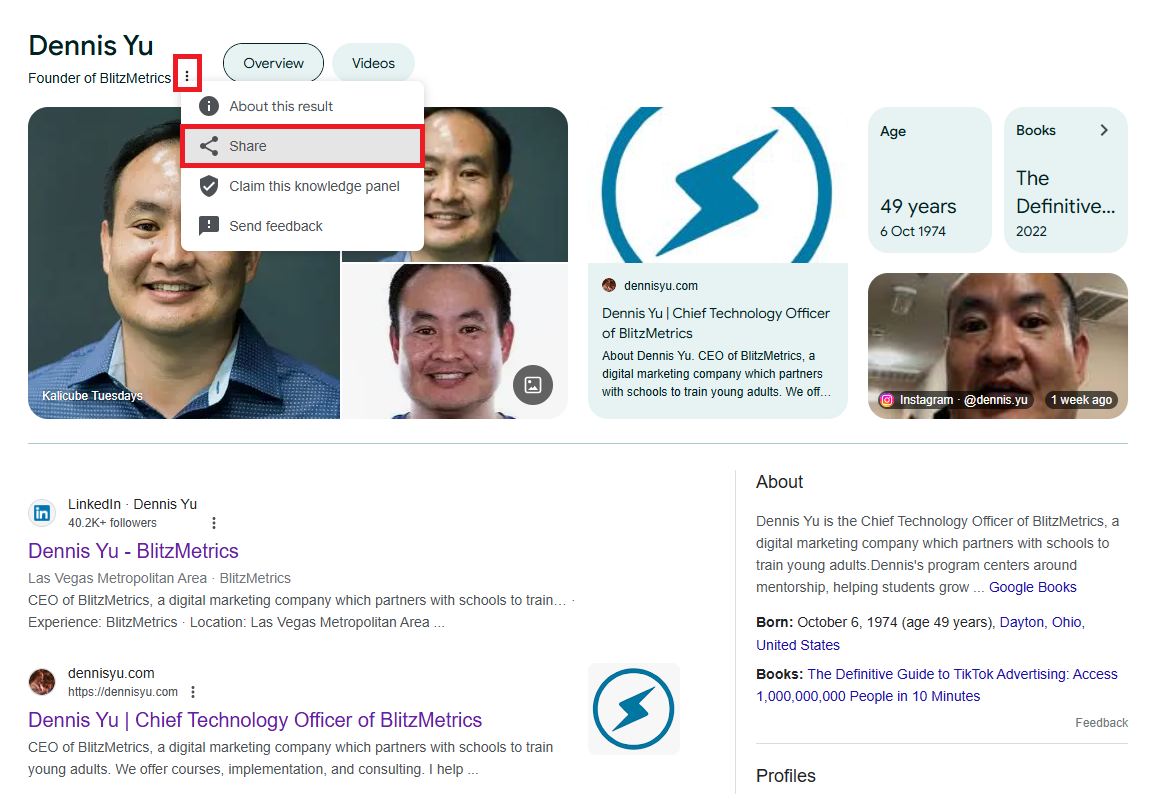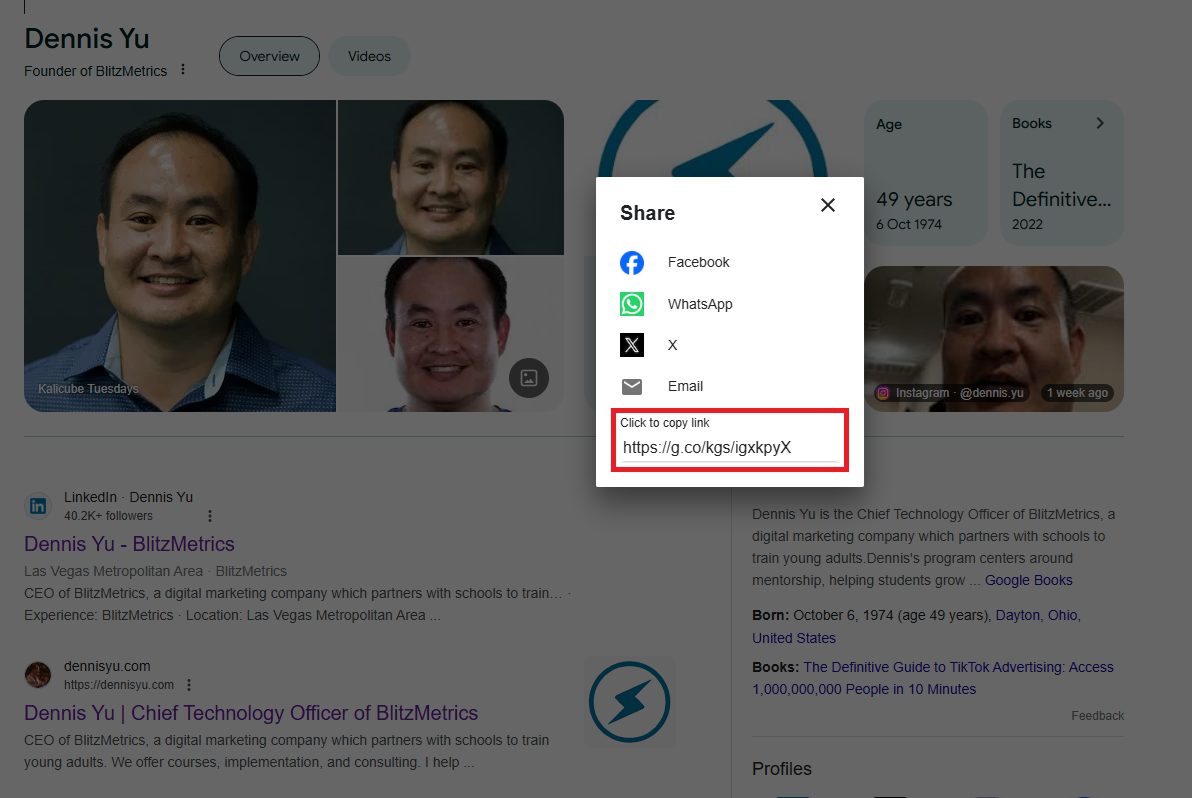Google's Knowledge Graph
The Knowledge Graph, which Google released in 2012, is Google’s brain - a giant cluster of molecules connected to each other. Not web pages connected, but entities that express themselves as entity objects (web pages, social media profiles, contributor accounts). And these entity objects have citations attached to them.
To put it simply, you or your personal brand is an object; your company (or the company where you work at) is an object; events are objects; every social post, or video is an object, every noun is an object.
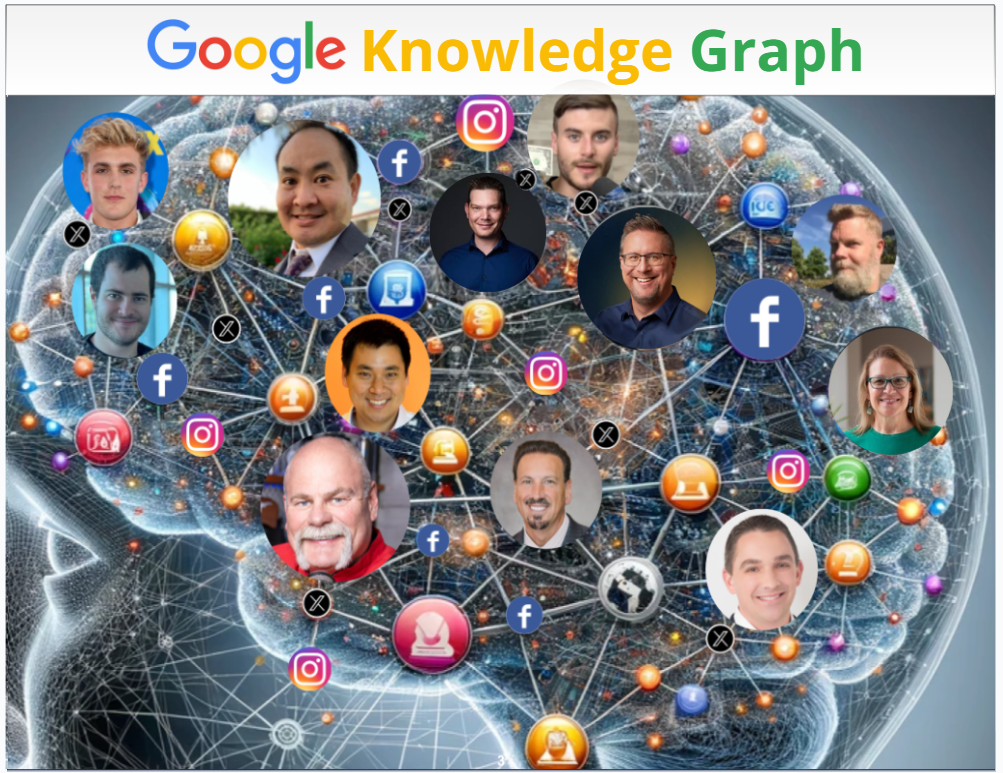
When these objects are all connected together in the Knowledge Graph, Google can see who you are and what you do. The more connected every object related to you is, the richer the metadata becomes, including the information about these connections.
The stronger the connection we have with objects already trusted by Google (high authority) in a particular topic, the better we will rank on that topic.
You want Google to see you are connected to people who are in the same industry as you. You want to show Google that you are not just what’s in your resume, and not just what you say, but there’s proof that you are good at what you do, and you’re associated with people who do the same thing as you.
For example, if I am at a conference together with person X in Boston, Google sees this as one connection. Then if I see this person again in Barcelona, this creates another connection. If we take a picture and post it on Twitter, we are creating more connections.
So, by visibly showing I'm spending time with a certain person, who is well-known in a certain industry — I build my SEO in those areas.
But by strategically thinking about where the intersection of our expertise and experience is, I can reinforce that connection.
Any object is only as valuable as the relationship it has with other objects. This is a non-technical way to explain this concept.
You can use the knowledge graph explorer to see the signal strength of any entity:
Enter the name of any object, for example, “Dennis Yu” or “BlitzMetrics,” etc. to retrieve the confidence score and list of citations associated with it.
Armed with this understanding, we want to own our own name, as a personal brand domain with a full foundation of entity objects, as well as for our company, to trigger a knowledge panel.
When you search for something (especially a name) on Google, do you see small icons next to some of the terms?
You see these icons, because Google recognizes them as objects in their Knowledge Graph.
When you click on one of these “objects,” you will see there's a triple dot next to the name.
When you click 'share,' you will see a URL that starts with g.co/ followed by a random string of letters, for example:
This part of the URL represents the Knowledge Graph ID. It’s like a social security number, but for everything on the internet.
Whether it is products you use, the address you're at, the test you take, or the car you drive - all these things have IDs
In the Knowledge Graph Explorer, you can see the number of objects that are associated with each other in the Knowledge Graph. You can see the KGM ID and other objects that are associated.
